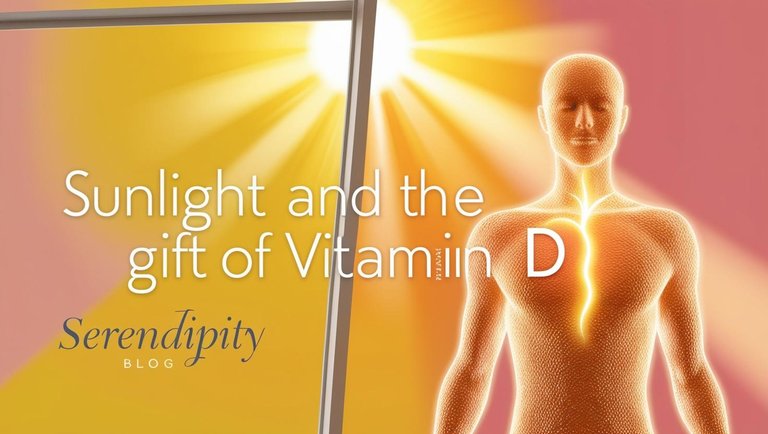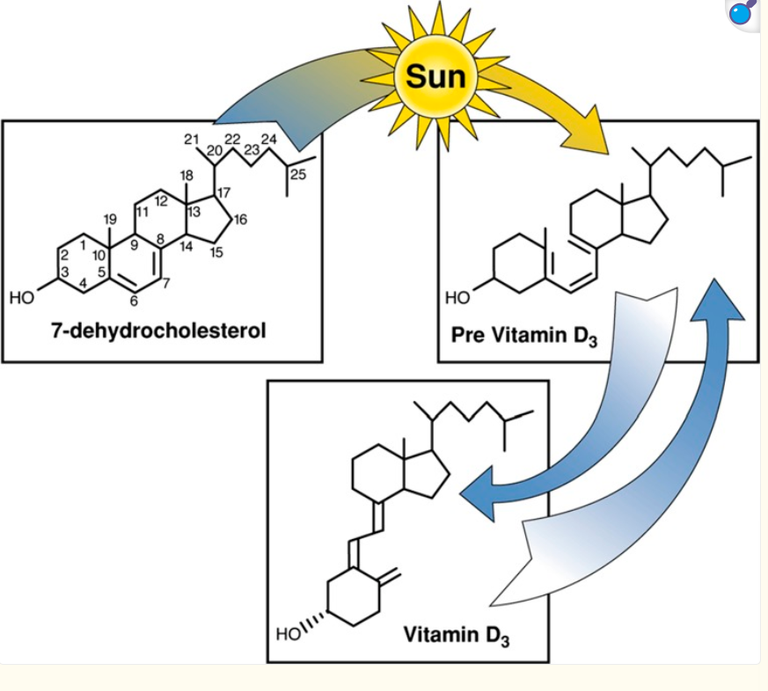
Sunlight
It is sometimes difficult to acknowledge that it could be the only prescription that a person needs to be healthy again. Vitamin D is a vital mineral that the body needs to make strong bones and teeth- but you probably already know that.
You may already know that sunlight is a very important way to get the necessary amount of vitamin D that you need. But how does that happen? It is not like the sun infuses you with vitamin d every time you go to the beach— those of us in arid desert climate would probably have died from vitamin d overload.
Before looking at how the sun gives you and I vitamin D, let us go down history lane a bit.
The beginnings.
Way before there was anything called a “vitamin”, people were already suffering the consequence of vitamin deficiencies.
Eijkman studied prisoners in the Dutch East Indies who were fed a diet that was predominantly polished rice. He found that they came down with an illness known as Beri Beri. He noted that whenever the prisoners were fed the husks of the rice, the Beri Beri problem seemed to resolve. He concluded that the polished rice contained some form of toxin that was neutralized by the husks. It wasn't until Grijns, a colleague of Eijkman came along that it was demonstrated that the husks actually contained an important nutrient that prevented Beri Beri.
Sailors in those times were discovered to be coming down with something a bit different from what the prisoners in the Dutch east indies were experiencing. It was scurvy, and it was really bad. Hoist and Frohlich discovered that there was a substance in citrus fruits that cured and prevented the seamen from coming down with scurvy.
With all of these discoveries, no one had thought of the word vitamins, not until Funk came along and propositioned that there was a form of “vital amine” (that is where we get the word “vitamin” from) that was in foods that is required for health and survival. He did not realise that this name was going to stick.
Through a series of experiments that involved cows and rats, people like Prof. Hart at the University of Wisconsin, Prof. Elmer McCollum, Osborne and Mendel worked at discovering the fat and water soluble vitamins A, B and C, setting the stage for the discovery of Vitamin D.
Vitamin D Comes to Light
Rickets at one time was known as the English disease because it was so common in the UK. Somebody had to do something about it and someone did. Sir Edward Mellanby decided to do an experiment. At that time, the highest incidence of rickets was among the Scottish people, so Mellanby decided to feed some dogs the Scottish diet while keeping them indoors and away from sunlight… not surprisingly, they developed rickets.
At first, Mellanby thought that it was because the meal (consisting mainly of oats) was lacking vitamin A. He noted that Vitamin A found in Cod Liver oil was the cure because once he fed that to the dogs, they got better. However, it wasnt until McCollum ran another experiment that they realized that it wasnt the vitamin A, it was something new… they called it Vitamin D.
At around 1916, Professor Harry Steenbock while working with goats noted that exposure to sunlight int he summer helped to promote calcium retention while the opposite was true with the goats indoors during the winter. He also noted that when the rats as well as their food were put under UV light, he was able to prevent or cure rickets. He deduced that there must be some inactive ingredient in the food or the body that the UV light helps to convert into active substance.
How the sun gives Vitamin D
The Ultraviolet light of the sun doesn't infuse a person with vitamin d, it however converts an inactive ingredient(cholesterol) into vitamin D which the body can use.

Why Do you Need Vitamin D?
Well, after it was discovered that vitamin d was important for curing rickets, people began to experiment and study why vitamin D could have such huge impact.
Without Vitamin D, the body cannot absorb and use calcium, an important mineral for the formation of bones. When that happens in children, they get soft bones and they do not grow as they should. It is known as rickets. When it happens in adults, the bones become soft, they get to break easily and there is a lot of bone pains. This is known as osteomalacia.
The difference in the name is simply because in children, they still have potential for growth which the lack of vitamin d hinders. In adults, there is no potential for any more growth, so lack of vitamin d alters the composition of the bones making them softer than they should. The same is applicable for the teeth.
There are other benefits of vitamin D. Some research have shown a link between vitamin d deficiency and depression. People who have depression could possibly see some resolution of symptoms with vitamin d supplementation. Other functions of vitamin d have been discovered in preventing infections and reducing risk for type 2 diabetes, these are all subjects for another day.
For further reading consider
Wow that's a lot of information. Thanks for sharing . I have a question, I heard vitamin D from the sun is from early hours of the morning till 9:00am, that any ray from the sun past 9:00am isn't vitamin D , how true is this?
the sun's ultraviolet B (UVB) rays, which are essential for vitamin D synthesis in the skin, are most effective around midday. Exposing your skin to sunlight between 10 AM and 3 PM allows for more efficient vitamin D production.
Before 9am, in some places, the sun is still warming up
Ohh thank you, I appreciate
Sending you Ecency curation votes!

Thank you